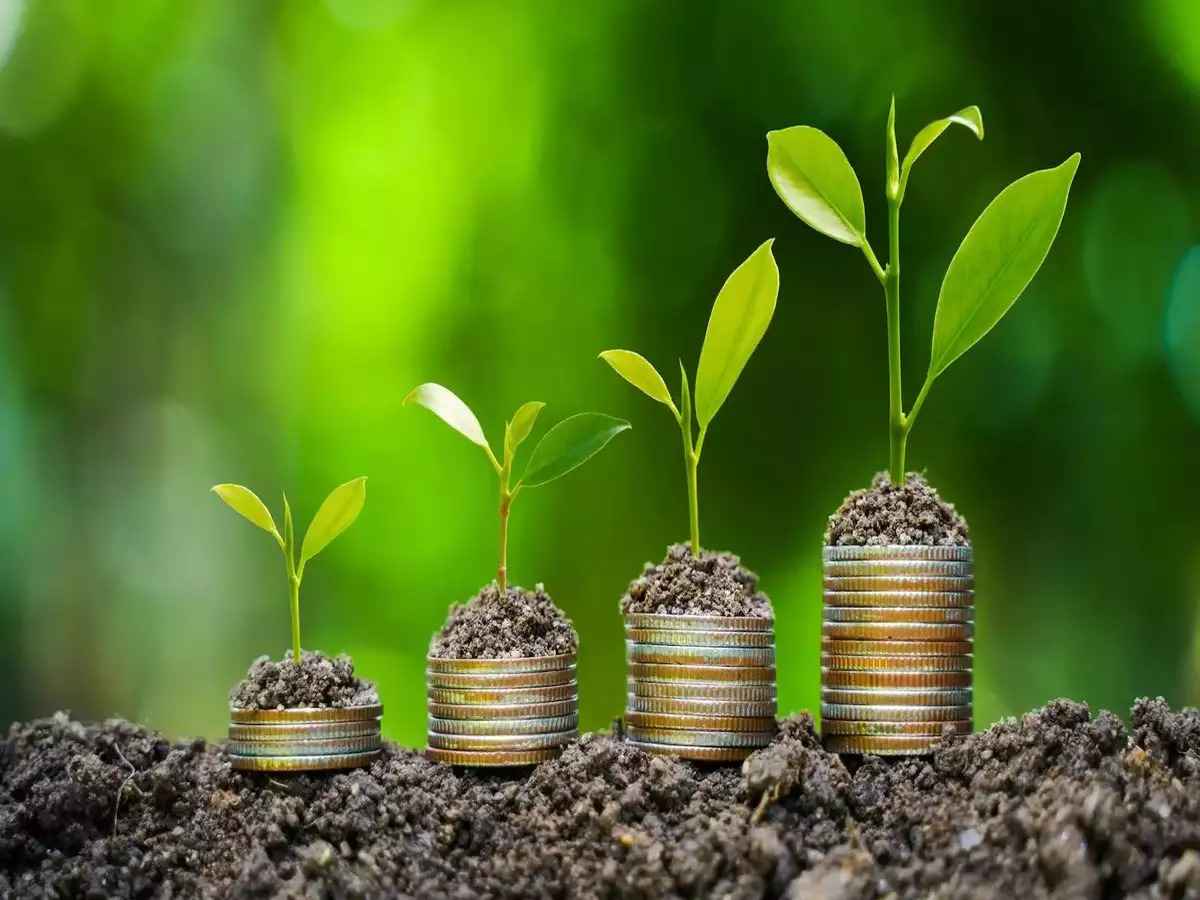The India BioEconomy Report, recently published by the Department of Biotechnology, highlights significant strides in the country’s bioeconomic landscape. In 2024, India’s bioeconomy was valued at over $165 billion, contributing more than 4.2% to the national GDP. Projections indicate this sector could expand to $300 billion by 2030 and reach $1 trillion by 2047.
Understanding Bioeconomy
Bioeconomy encompasses economic activities that rely on biological resources—such as plants, animals, and microorganisms—to produce goods and services. It involves harnessing natural processes for sustainable and renewable resource utilization across various industries.
Current Growth Trends
India’s bioeconomy has experienced remarkable growth, nearly doubling in five years—from $86 billion in 2020 to $165 billion in 2024. The number of bioeconomy-related companies has surged by 90%, surpassing 10,000 enterprises. By 2030, this number is expected to double, potentially creating 35 million jobs.
Key Sectoral Contributions
- Industrial Sector: The largest contributor, generating $78 billion, primarily through biofuels and bioplastics.
- Pharmaceuticals: Accounts for 35% of the total bioeconomy, with vaccines playing a pivotal role.
- Research & IT: Among the fastest-growing areas, focusing on biotech software development and clinical trials.
Regional Distribution
Five states—Maharashtra, Karnataka, Telangana, Gujarat, and Andhra Pradesh—dominate India’s bioeconomy, collectively accounting for over two-thirds of the sector’s value. However, the eastern and northeastern regions contribute less than 6%, underscoring the need to bridge regional disparities for inclusive growth.
Challenges on the Horizon
Despite rapid progress, several challenges persist:
- Scaling bio-based solutions requires enhanced innovation and investment.
- Regulatory uncertainties, particularly concerning genetically modified crops, must be addressed.
- Infrastructure bottlenecks and policy hurdles could slow down momentum.
BioE3 Policy: A Strategic Initiative
In response, the Indian government introduced the BioE3 policy in 2024. This initiative aims to position India as a global leader in bio-manufacturing, fostering collaboration between universities, research institutions, and industries. Key focus areas include:
- Bio-based chemicals
- Precision biotherapeutics
- Climate-resilient agriculture
The Road Ahead
With a strong biotechnology ecosystem and government-backed initiatives like BioE3, India’s bioeconomy holds immense potential. The key to sustained success lies in effective policy implementation, continued innovation, and addressing sectoral challenges to ensure long-term growth.




